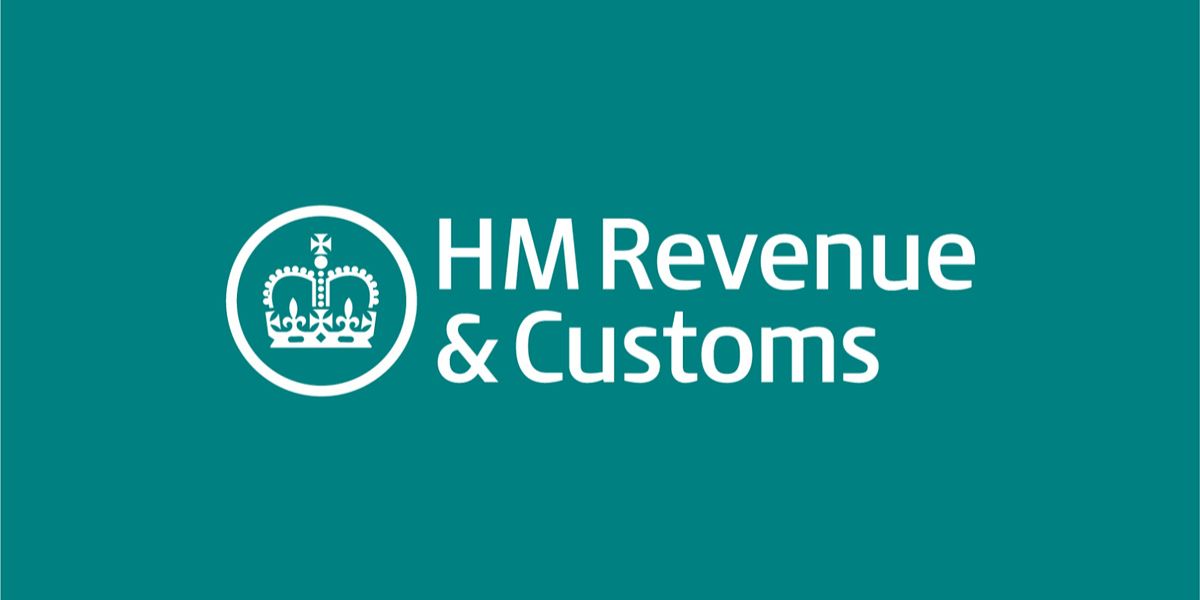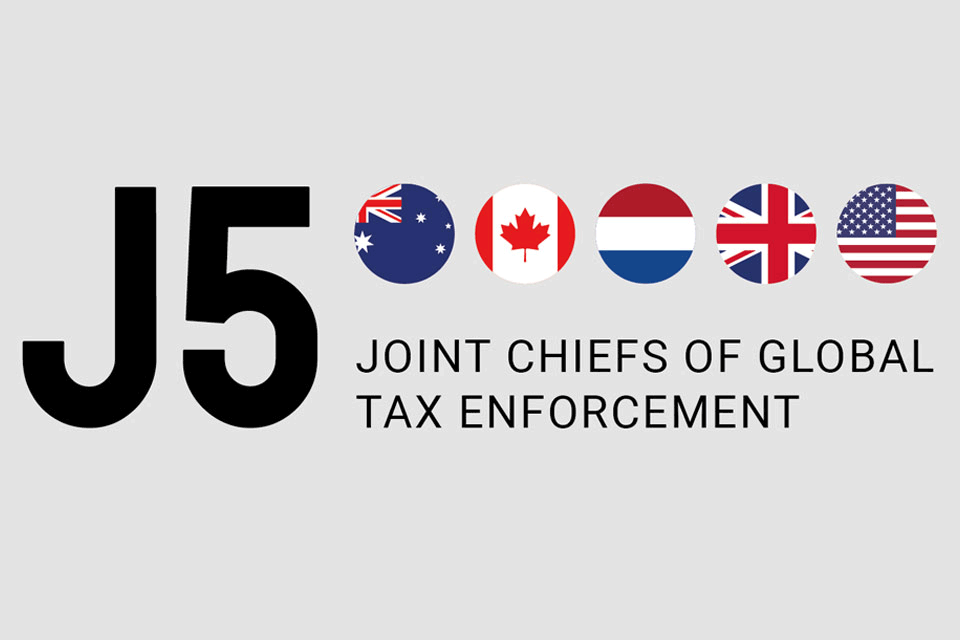On 25 January 2024 HMRC published research they commissioned into taxpayer perceptions of personalised digital prompts.
HMRC is introducing new technology to increase the efficiency of the tax system. This includes a digital prompts programme to present nudges to taxpayers while they complete their tax returns, highlighting potential mistakes and making available relevant guidance. These prompts are becoming more personalised and draw on a range of data sources.
HMRC commissioned the National Centre for Social Research (NatCen) to carry out qualitative research into how taxpayers view the personalised prompts and to gauge their reaction to viewing digital prompts. This research aimed to understand the advantages of personalised prompts and whether these advantages outweigh the costs and potential risks.
By using prompts HMRC states that it aims to assist taxpayers in reporting accurately and avoiding error; and to encourage them to report the information correctly. The research revealed however that taxpayers considered that basic prompts, with no personalisation, were too vague in language and intention to reach HMRC’s aims. Many taxpayers viewed the basic prompts as an attempt to catch them out, rather than to assist them.
Taxpayers were also asked about transaction prompts, which use third party data to present taxpayers with precise amounts they have earned. Taxpayers considered that transaction prompts appeared to indicate an assumption of deliberate wrongdoing and were viewed as unfairly accusatory. These types of prompt could lead to a more negative attitude by taxpayers, possibly leading to deliberate underreporting.
The research indicated that taxpayers preferred the use of source prompts, that simply inform taxpayers that HMRC receives data from specific sources used by the taxpayer but without stating the precise amounts of income earned. These source prompts might for example remind a taxpayer that income has been received from a digital platform. These prompts can lead to positive behaviours by the taxpayer, including double-checking of amounts on the return and reading the additional guidance provided.
Taxpayers considered that prompts should appear as a genuine attempt to help; should be relevant to the taxpayer’s specific circumstances; and should provide access to new or useful information. This could be achieved by prompts that use data from prior returns rather than from third parties; that only appear in response to the taxpayer’s actions (e.g. entering an incorrect amount on the return) and that use plain language. Prompts should provide reassurance to taxpayers who are completing their returns; should adopt a helpful and supportive tone; and should use friendly formatting, for example avoiding red text which can be viewed as threatening.
















